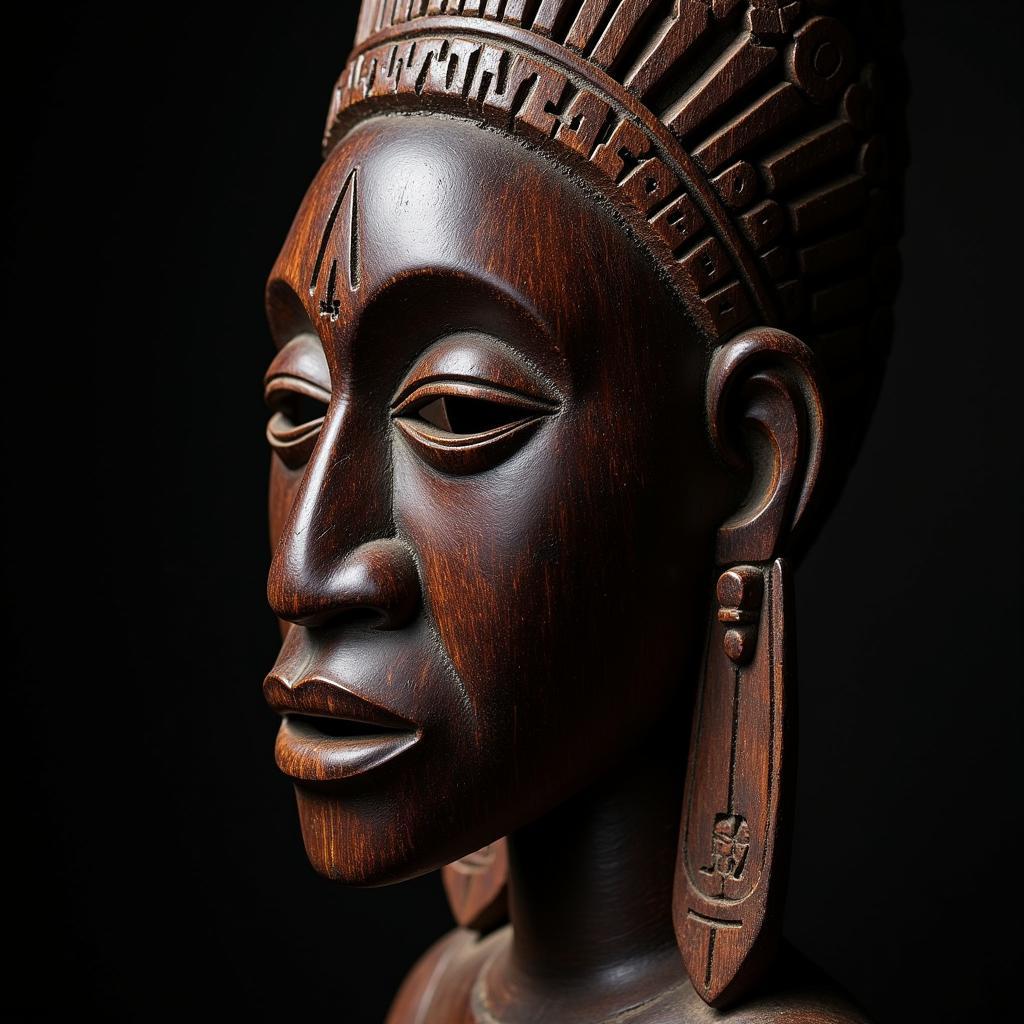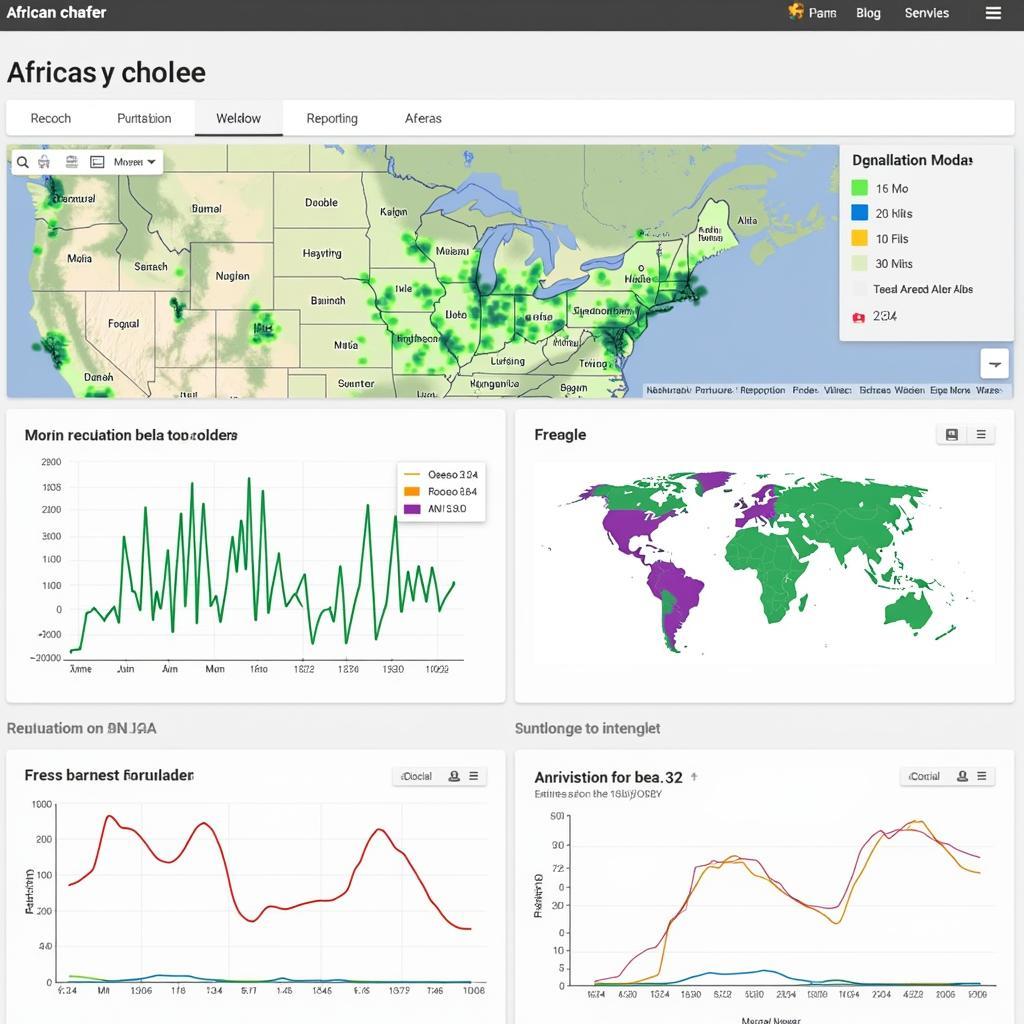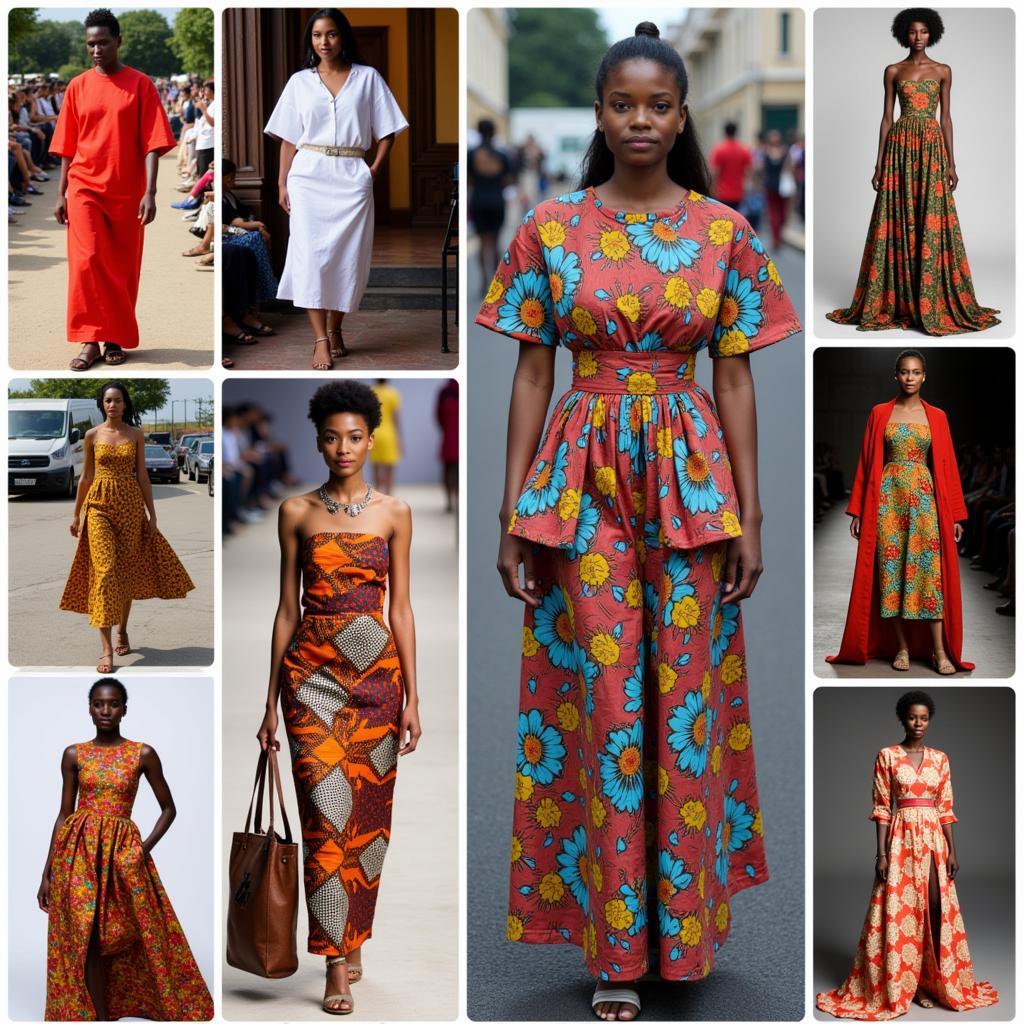African Drums: The Heartbeat of a Continent
From ancient rituals to modern music, African Drums have played an integral role in the continent’s cultural identity for centuries. More than just instruments, they are powerful symbols of communication, community, and spiritual expression, embodying the very essence of African Life.
A Legacy of Rhythm: Tracing the History of African Drums
The history of African drums is as rich and diverse as the continent itself. Archaeological evidence suggests that drums have been used in Africa for over 7,000 years, making them one of the oldest musical instruments known to mankind. In ancient times, drums were essential tools for communication, relaying messages across vast distances long before the written word. They were also indispensable in religious ceremonies, rituals, and celebrations, their rhythms echoing the heartbeat of the community.
The Language of Drums: Communication Beyond Words
African drums are much more than just instruments; they are sophisticated tools of communication. Different drumming patterns, rhythms, and tones can convey complex messages, stories, and even emotions. This unique “drum language” has been passed down through generations, preserving cultural heritage and fostering a sense of unity among communities.
A Tapestry of Sounds: Exploring Diverse Drum Types
From the iconic djembe of West Africa to the talking drums of Nigeria, the diversity of African drums is astounding. Each region boasts its own unique drumming traditions, instruments, and playing styles. The djembe, with its goblet-shaped body and animal skin head, produces a wide range of tones, while the talking drum mimics the inflections of human speech, creating a captivating dialogue between musician and instrument.
Beyond the Beat: The Spiritual Significance of Drums
In many African cultures, drums hold deep spiritual significance. They are often seen as conduits between the physical and spiritual realms, their rhythms capable of invoking ancestral spirits and connecting people to the divine. Drums accompany sacred rituals, healing ceremonies, and rites of passage, their powerful vibrations resonating with the very soul of the community.
A Global Legacy: African Drums in the Modern World
Today, the rhythmic echoes of African drums extend far beyond the continent. From contemporary music to dance performances, their infectious rhythms have captivated audiences worldwide. African drumming has influenced countless musical genres, including jazz, blues, and salsa, leaving an indelible mark on the global soundscape.
FAQ: Unraveling the Mysteries of African Drums
1. What are African drums made of?
African drums are traditionally crafted from natural materials such as wood, animal skins, gourds, and even clay. The specific materials and construction techniques vary depending on the region and cultural traditions.
2. Are African drums difficult to learn?
Like any instrument, learning to play African drums takes time, practice, and dedication. However, with the guidance of an experienced teacher and a passion for rhythm, anyone can experience the joy of playing these captivating instruments.
3. What is the significance of the different drum rhythms?
Each drum rhythm holds specific meaning and purpose, conveying messages, emotions, and stories. These rhythms have been passed down through generations, preserving cultural traditions and connecting communities through shared heritage.
Conclusion: Embracing the Rhythms of Africa
African drums are more than just instruments; they are powerful symbols of cultural identity, spiritual expression, and the enduring human spirit. From ancient rituals to modern music, their infectious rhythms continue to captivate hearts and minds around the world, reminding us of the unifying power of music and the rich tapestry of human experience.


